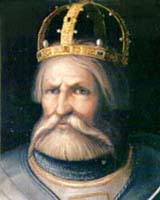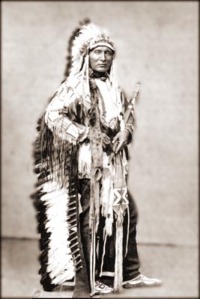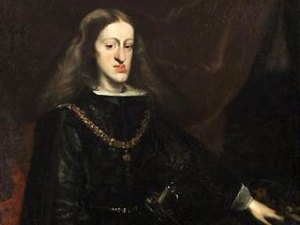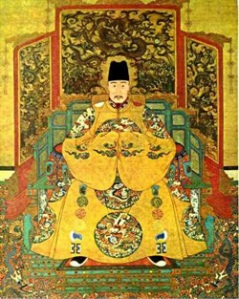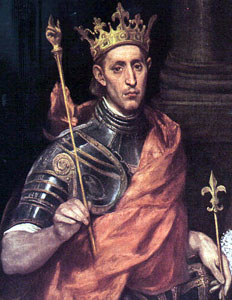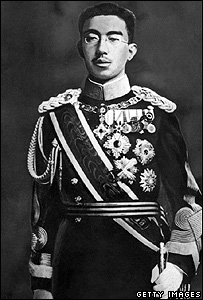Jayavarman VII ruled as King of the Khmer Empire from 1181 until his death in 1218. His reign lasted 37 years. He was married twice during his life.
The exact date of Jayavarman’s birth is unknown. Most historians agree, though, that he was born sometime between 1120 and 1125. His childhood, too, is very mysterious. It is believed that he spent his early years away from the Khmer capital, Angkor. What is known is that when his father, King Dharanindravarman II, died in 1160, Jayavarman did not become king. Instead, his brother, Yasovarman II, claimed the throne. Jayavarman did not fight his brother and, in self-imposed exile, moved to the neighboring kingdom of Champa.
In 1166, Yasovarman was usurped by a court official and assassinated. Upon hearing this, Jayavarman rushed to Khmer. When he arrived, he found that the new regime was already strongly rooted in the country. He decided to bide his time and wait for the perfect oppurtunity to capture the throne. This oppurtunity came in 1177 when Cham invaded and conquered Khmer, sacked Angkor, and killed all of the top government officials. Jayavarman then campaigned for independence, organizing an army and defeating his Cham oppressors. In 1181 he was crowned king of the Khmer Empire and set about conquering his neighbors.
By 1185, Jayavarman had completely defeated and conquered all of the kingdoms neighboring Khmer. In fact, he conquered so many countries, that under his reign, the Khmer Empire reached its territorial zenith. Jayavarman then decided to improve the infrastructure of his kingdom. He rebuilt many highways that had been destroyed during the Cham invasion and built 4 new ones. He then built a new capital city, Angkor Thom, and constructed many palaces and Buddhist temples. At the center of his great city was a huge temple complex called Bayon. He also built 121 rest houses and 102 hospitals throughout his kingdom.
Today, Jayavarman is remembered as the greatest of Khmer’s rulers. Not only did he expand Khmer territory greatly, but he also improved the infrastructure of the country and constructed architectural gems. His reign was marked with religious tolerance and great advances in education. Jayavarman died in 1218. He was in his 90s at the time of his death.
Interesting Fact #1: Jayavarman was a devout Buddhist. This was very uncommon in Khmer, where most people were Hindu. Jayavarman was one of the few Buddhist kings of Khmer. He built large Buddhist temples throughout his kingdom, but did not force his religion upon his people.
Interesting Fact #2: Upon the early death of his wife, Jayarachadevi, Jayavarman married her older sister, Indradevi.
Interesting Fact #3: Jayavarman’s son, Indravarman II, succeeded him upon his death. Some historians believe that Indravarman was the Leper king of Cambodian legend due to the lack of celebrations upon his coronation as king. However, we can never know for sure whether this is true or not.
Credits: http://angkor1431.tripod.com/index/id19.html, http://www.cambodiamuseum.info/en_collection/stone_object/jayavaraman.html, Picture: http://darrenpowerart.blogspot.com/

